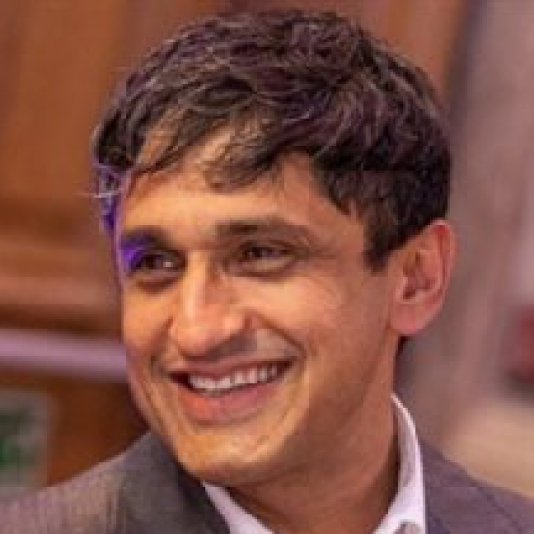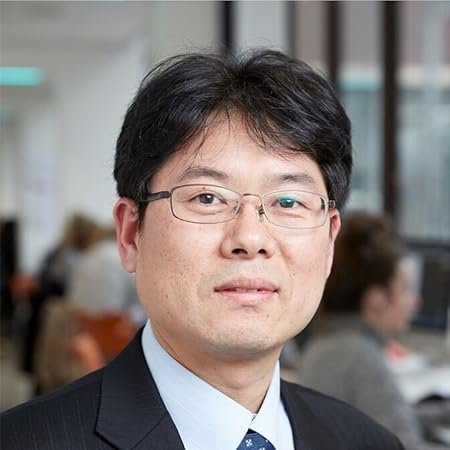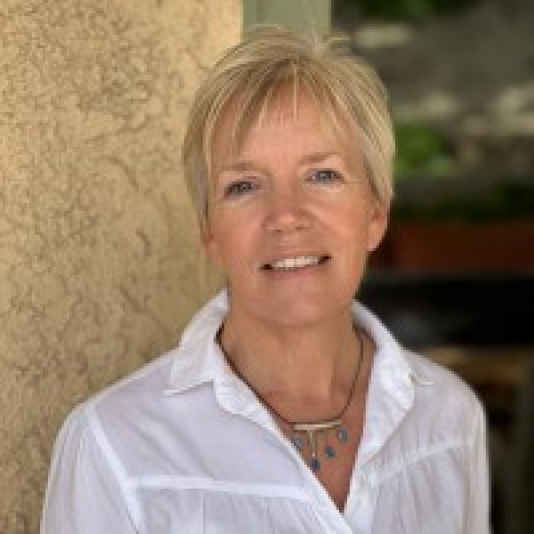Dr. George Papagiannakis, co-founder and CEO of ORamaVR is a computer scientist specialized in computer graphics systems, extended reality algorithms and geometric computational models. His academic credentials include serving as Professor of Computer Graphics at the Computer Science department of the University of Crete, Greece, as Affiliated Research Fellow at the Human Computer Interaction Laboratory of the Institute of Computer Science in the Foundation for Research and Technology Hellas, Heraklion, Greece, where he leads the CG Group and as visiting Prof of CS at the University of Geneva.He has more than 100 publications in the field, and he is a member of CGS (Board Member), IEEE, Eurographics, ACM and SIGGRAPH professional societies. In 2011 he was awarded a Marie-Curie Intra-European Fellowship for Career Development from the European Commission’s Research Executive Agency. He was conference chair of the Computer Graphics International 2016 Conference, in cooperation with CGS, ACM, ACM SIGGRAPH and Eurographics Associations. In 2017 he published a Springer-Nature book on Mixed Reality and Gamification which achieved more than 100.000 downloads so far. His pioneering research has attracted several awards as well as significant external R&D and VC funding at FORTH-ICS and ORamaVR.







